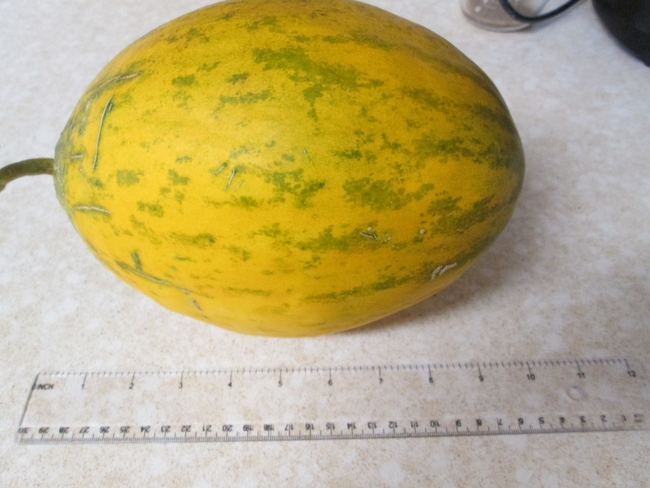Do you agonize over whether a particular fruit is ready to pick?
With the harvest season upon us, it pays to learn which fruits will ripen once picked, and which will not ripen beyond the stage that they had reached when harvested.
Knowing which produce will further ripen will go a long way to preventing the spoilage and wastage of food crops.
Ripening Fruits
Fruits (including those often termed "vegetables" like tomatoes) that continue to ripen are called climacteric. If mature at harvest and kept in ideal conditions, the respiration rate and production of ethylene, a plant hormone, increase leading to pigment and sugar development until the peak of ripeness is reached. After this point the respiration rate drops and the fruit begins to degrade. Maturity is a term describing the point at which a fruit has completed its natural growth and development. This is followed by ripening.
Once mature, climacteric fruits can be encouraged to ripen after harvest if placed in a paper (or other breathable) bag with another riper climacteric fruit such as a banana that releases high levels of ethylene. Ripe apples that do not have a wax coating can also be used for this purpose. Check regularly to make sure that there is no rot, and after a few days the fruit will have ripened.
Occasionally ripening will not occur, most likely because the fruit had not been allowed to develop sufficiently before harvest and was just too immature or the fruit was improperly stored at too cold a temperature.
Climacteric fruits which we may be growing locally include apples, apricots, honeydew melons, nectarines, peaches, plums, pears, persimmons, tomatoes, winter squash. Cantaloupe flesh may soften, but they will not become sweeter.
Non-Ripening Fruits
Non-climacteric fruits do not ripen after harvest, but many often store better after harvest than the climacteric fruits since they are not so actively respiring. These fruits need to be left on the plant to mature and ripen. For example a green bell pepper will not turn red after it is picked.
Non-climacteric fruits include: Bell pepper, berries, figs, grapes, cucumber, eggplant, muskmelon, strawberry, summer squash, watermelon, and most of the common citrus – oranges, lemons, grapefruit and limes.
We will soon be approaching frost season with the attendant rush to harvest our tender vegetables and fruits before they get ruined by one cold night. It pays to know which fruits can picked and left to ripen, and which need to be processed into pickles and jams in order to preserve them for later use. The following links contain information about the storage and slow ripening of popular fruits.
For More Information
Because fruit are such an important item of commerce, there has been extensive research on their post-harvest care. To get a sense of what's known about many common crops, one can peruse UC's Postharvest Research Center. There is a lot there to digest!
Here are some tips for ripening tomatoes indoors.
How to harvest and store winter squash.
Harvesting and storing apples or pears.
Of course, you can also contact your local UC Master Gardeners for more information. The Inyo-Mono Master Gardeners can be reached at immg@ucanr.edu or on Facebook.
